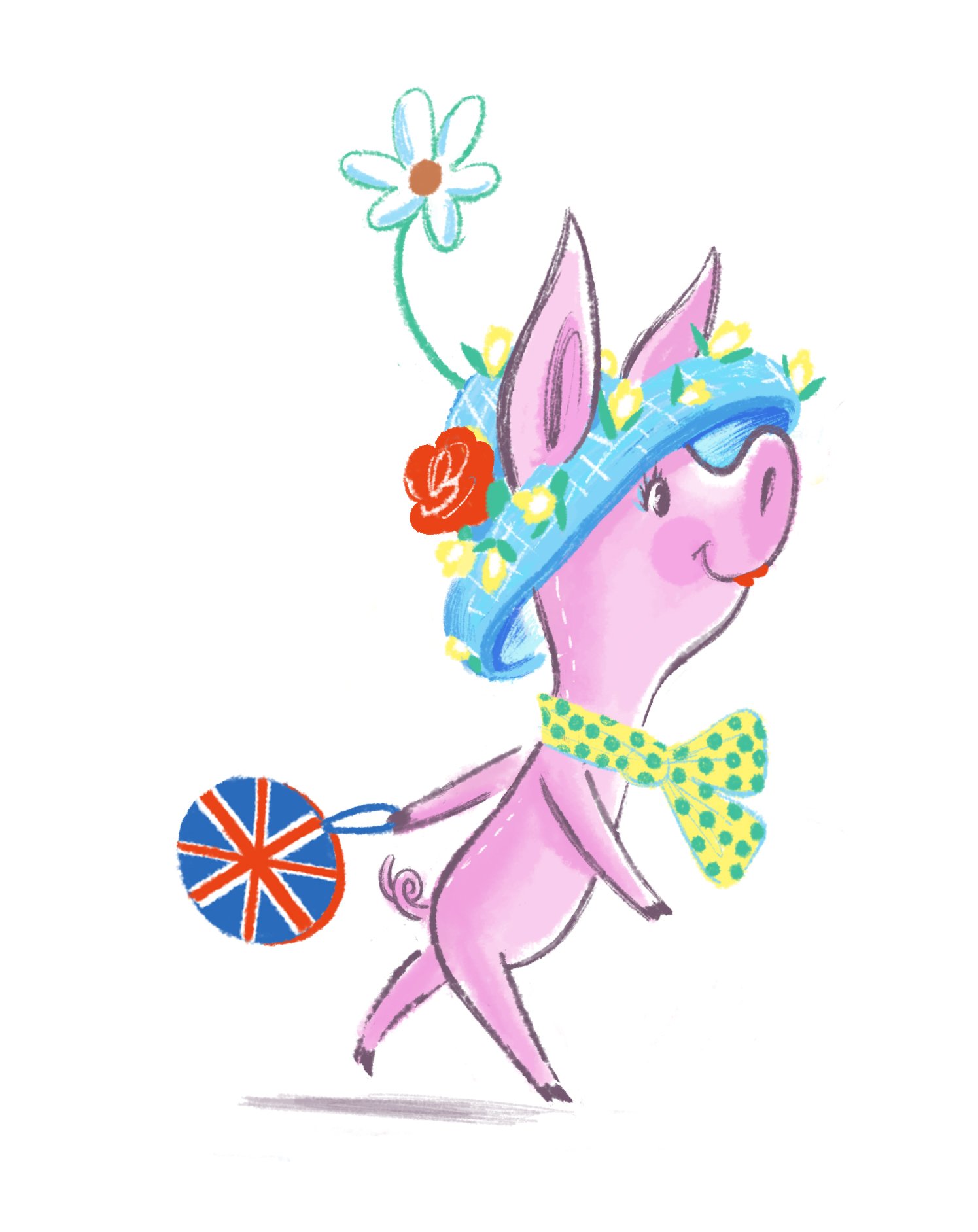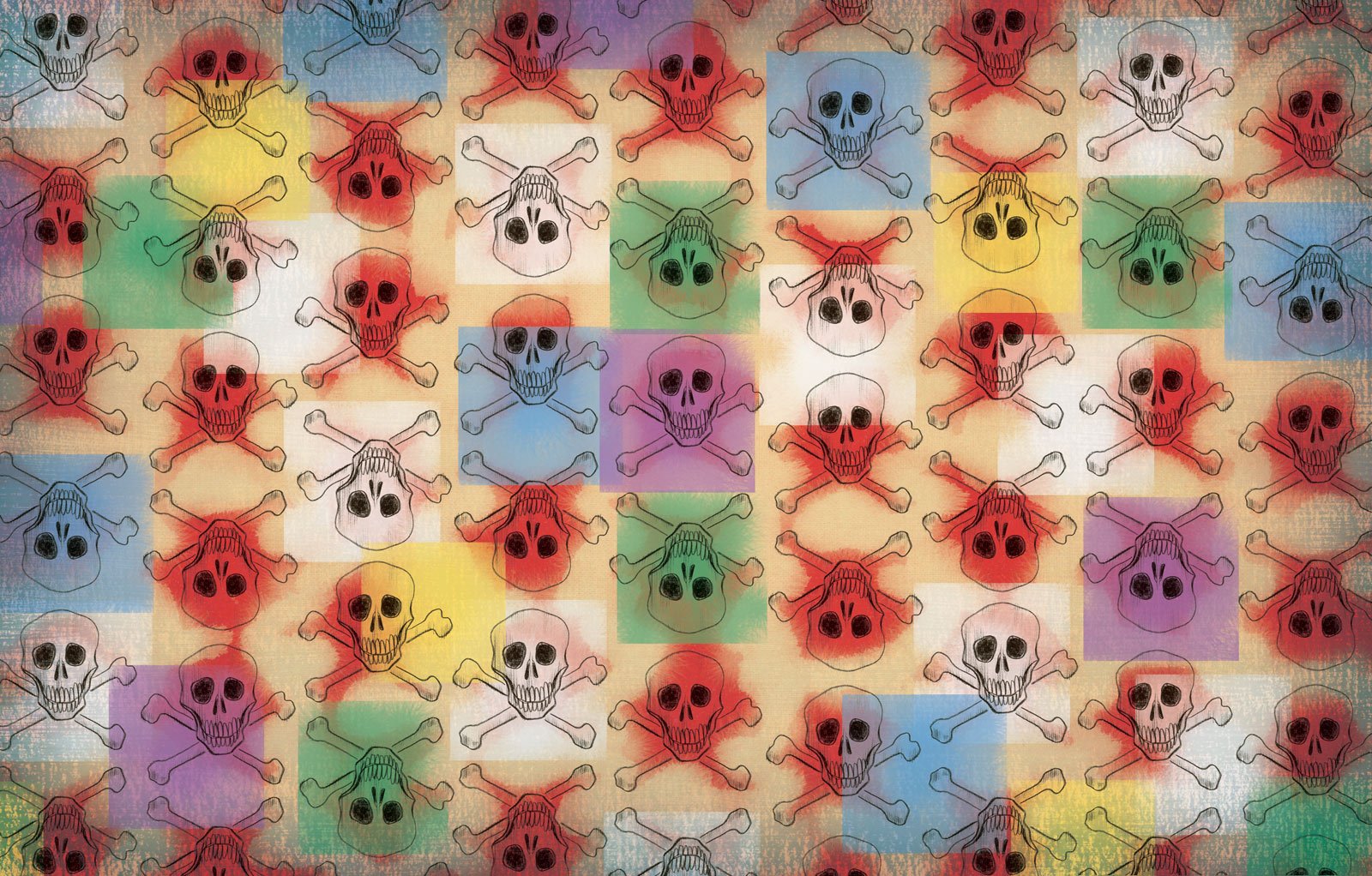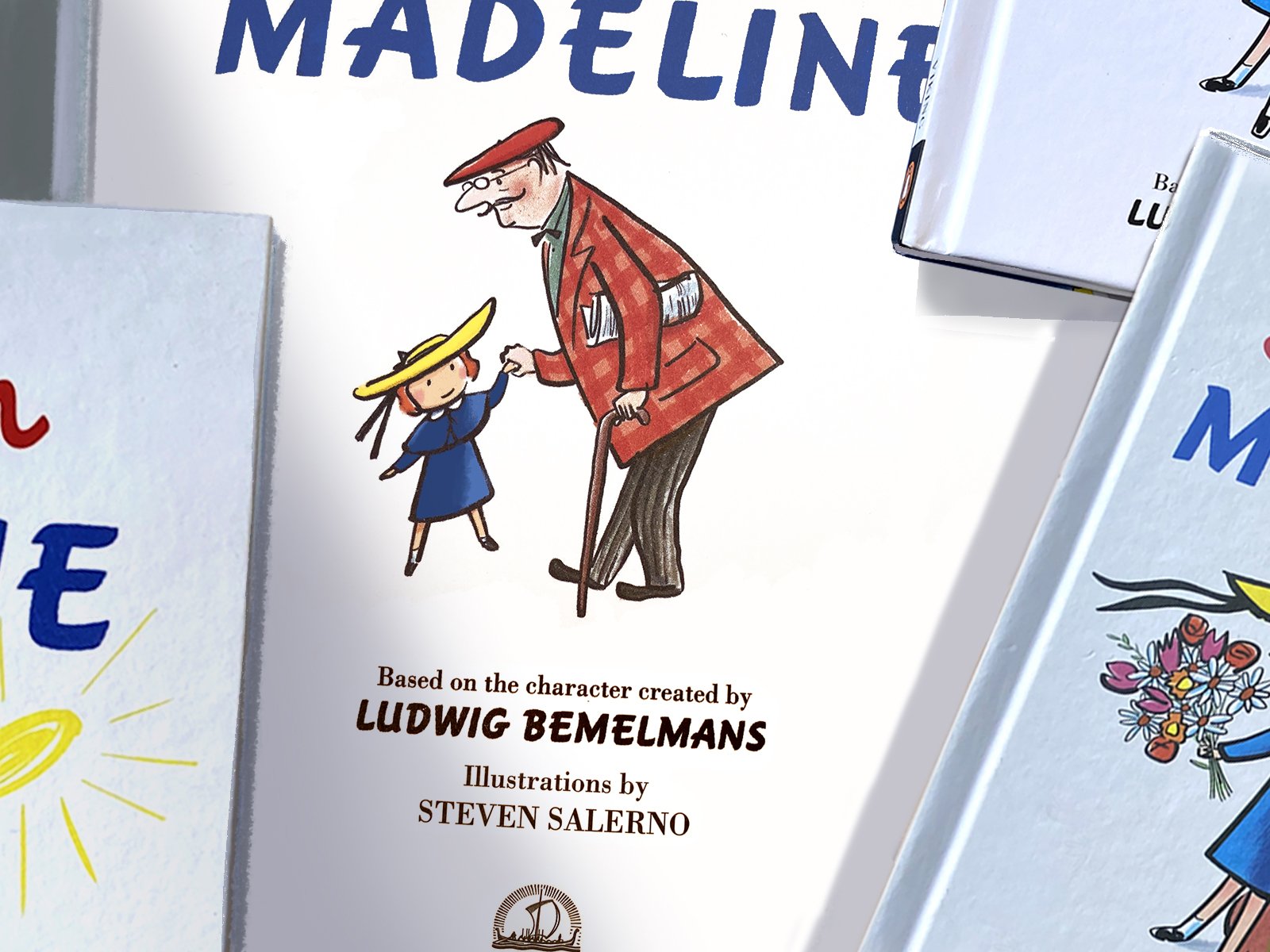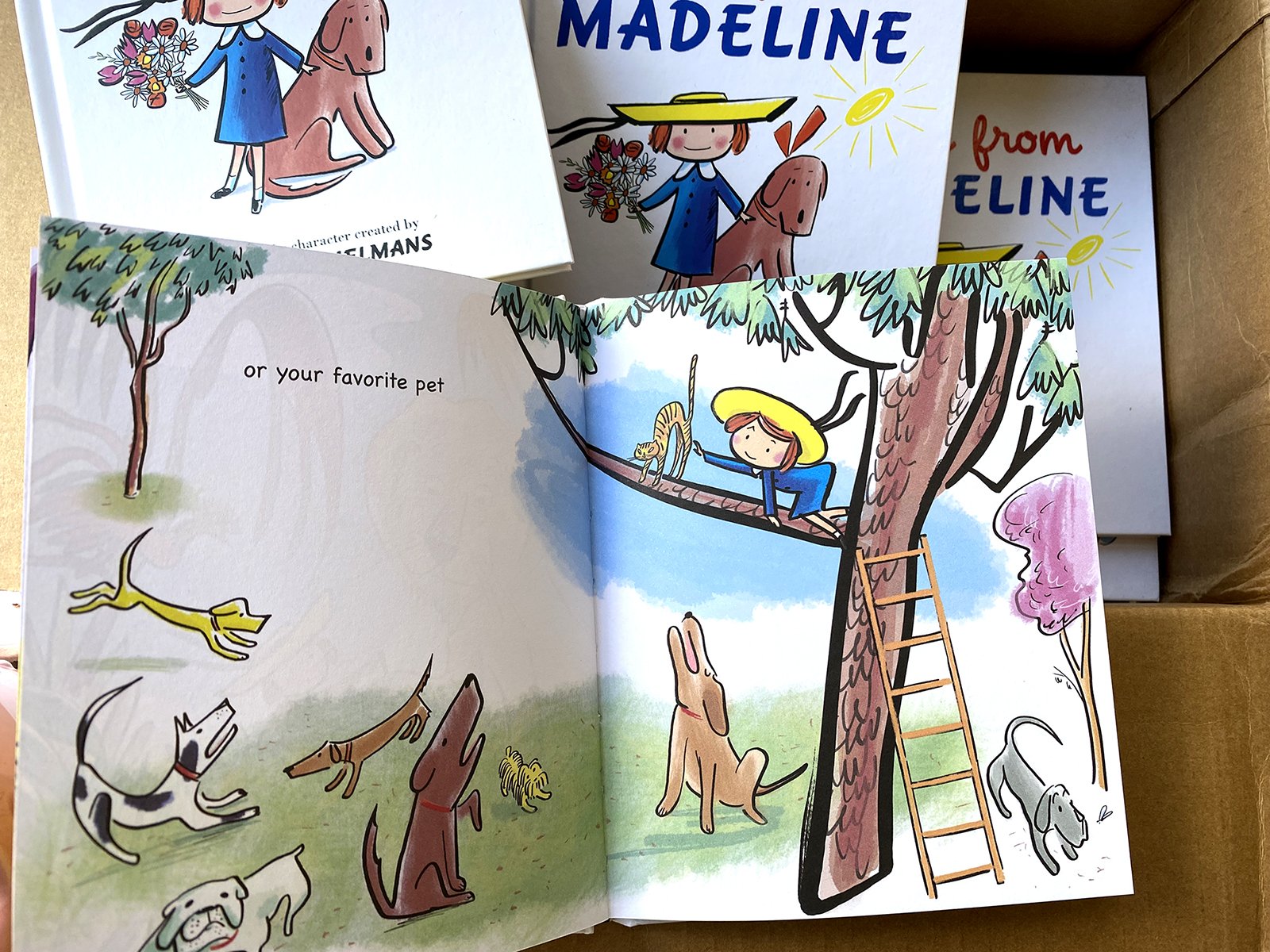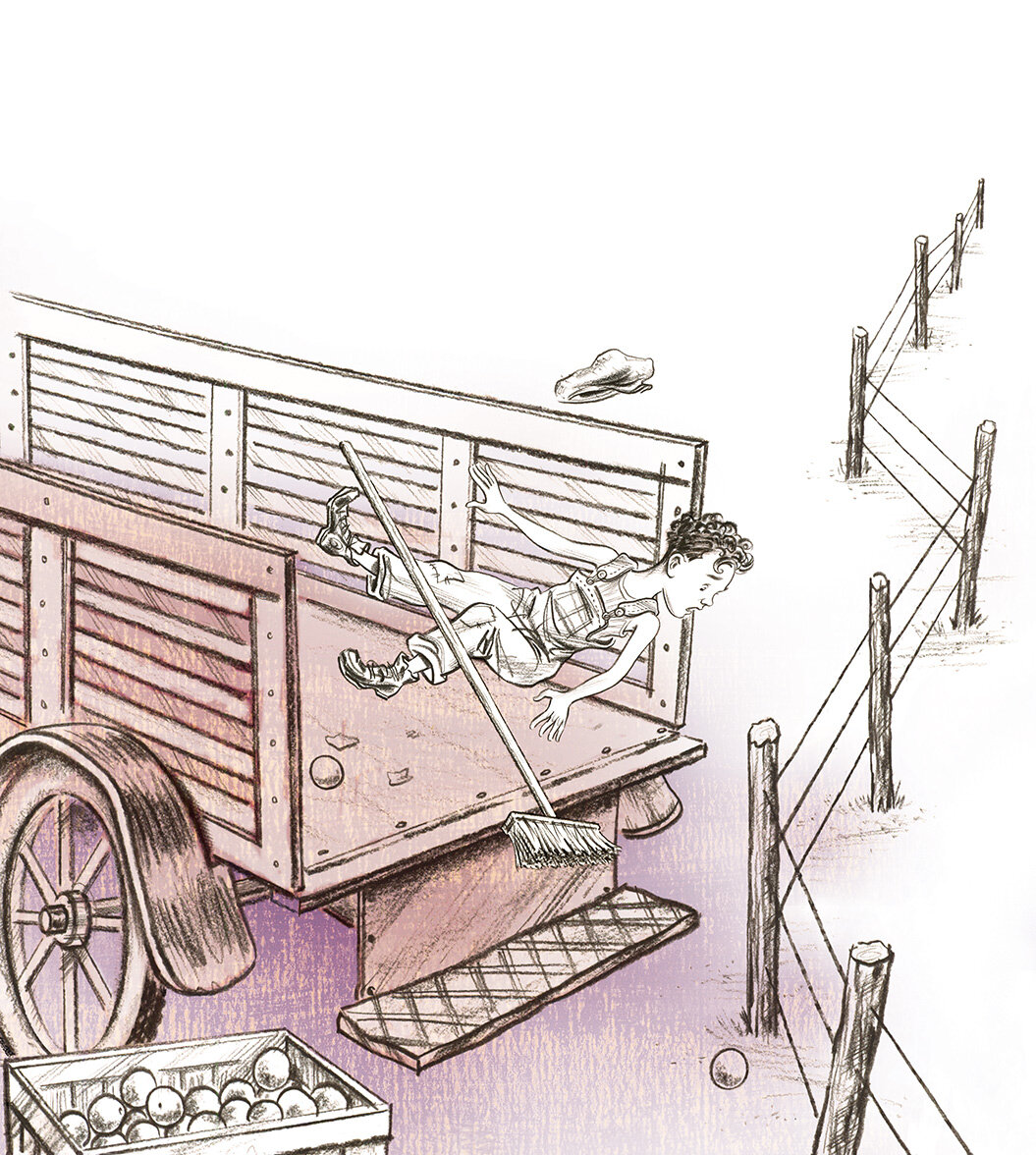To date, I’ve had 37 picture books published -and in August I just signed the contract to illustrate my 38th picture book! It’s for a new fiction story being produced by Penguin-Random House. This is my 10th picture book for Penguin-Random House. I won’t divulge the title of this new picture book quite yet, nor the name of the writer. (It’s the first picture book written by a prominent national newspaper editor and columnist.)
Right now I’m in the laborious sketch/story board stage, as well as creating many character sketches working out the look of the main characters in the story… like the sketch I’ve posted here depicting one of the main characters, a very British pig.
This is a just a little sneak peek…. I probably won’t post more on this picture book project until after I have completed all the sketches and all the final illustrations, at which time I’ll submit a post showing all the details in the entire process creating the final illustrations for this picture book.
Here’s a link to view all the picture books I’ve had published to date.
Visit stevensalerno.com
